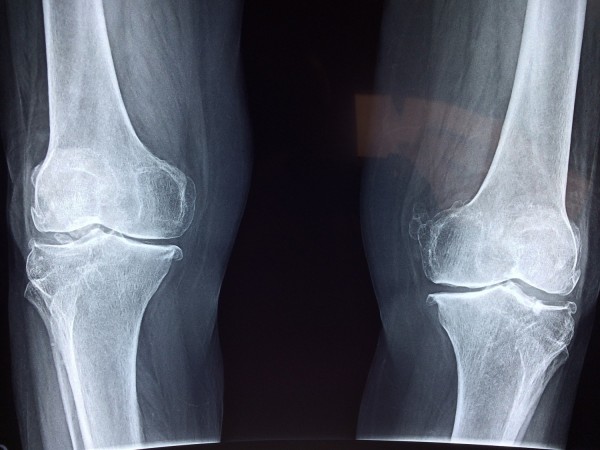Making Bones Heal Faster, Possible?
Have you imagined living your life without the bones in your body? That would be funny because we will be like slimes in video games. We won't be able to walk; we'll slither our way when we want to go somewhere. Bones are the support of the body. Muscles are also attached to them so that they won't slip and move throughout the body. They also protect some organs like the lungs and heart because they are inside the rib cage.
ALSO READ: COVID-19 Might Be Damaging Bone Marrow Immune Cells
No matter how strong they are, they can also break when you fall, you ran into an accident, or you were caught up in an excruciating position that made you break your bones. Since medical advancement is available, getting bones fixed by your orthopedic is possible, but they take time to heal. Now, University of Illinois Chicago (UIC) researchers were able to see real-time images of the mineralization process in an artificial saliva model, and their findings of the distinct pathways that support bone and teeth formation, or better-called biomineralization.
Treatment of fractures is evident because the naked eye can see the support needed by the bones made by medical experts. In an article by Stanford Healthcare, a split cast is done to promote bone alignment and healing to protect the affected area. Surgery can also be done when fractures happen - whether it is closed or open type.
In a release published in Eureka Alert, UIC's Mechanical and industrial engineering professor and the lead author of the study, Reza Shahbazian-Yasser, shared why the study proceeds. He said in the release that the pathways, specifically at the early stages when the molecules are starting to organize themselves or form a structure, have not been understood clearly.
READ ALSO: BONE HEALTH: Are Calcium and Vitamin D Supplements Needed?

Study observations
Medical Xpress reports that the researchers observed the indirect and direct formations of hydroxyapatite crystals, which, according to them, was the foundation or basis of the hard tissues. They added that this process could be achieved through local variation in energetic pathways for nucleation and growth. Yasser told in the report that the control over the disbanding of amorphous calcium phosphate impacts the assemblage of hydroxyapatite crystals into larger masses. Yasser furthered that they discovered the indication that these pathways cohabit simultaneously. This explains why different groups have reported seemingly different and opposite reports, making them understand how the hydroxyapatite materials from the nucleus develop on amorphous calcium phosphate templates.
How did they capture the images?
Eureka Alert reported that the researchers utilized a unique micro-device that allowed electron microscopy with a liquid model. They added that this device's usage allowed the researchers to monitor and observe the model's chemical reactions on the smallest scale. Yasser reported that scientists are one step away from various engineering ways to better treat bone injuries and dental diseases by understanding the pathways better. UIC furthered that dysfunctional mineralization can cause cavities in the bones to osteoporosis.
READ NEXT: Higher Risk of Bone Fractures Linked to Vegetarians, Vegans, and Pescatarians
Check out more news and information on Bone Health on MD News Daily.
Dec 04, 2020 08:00 AM EST





